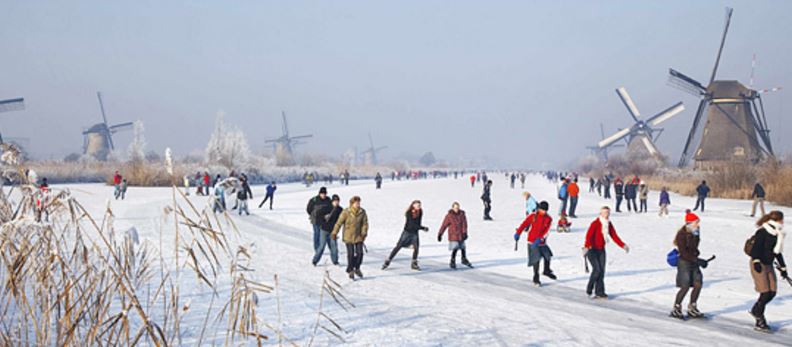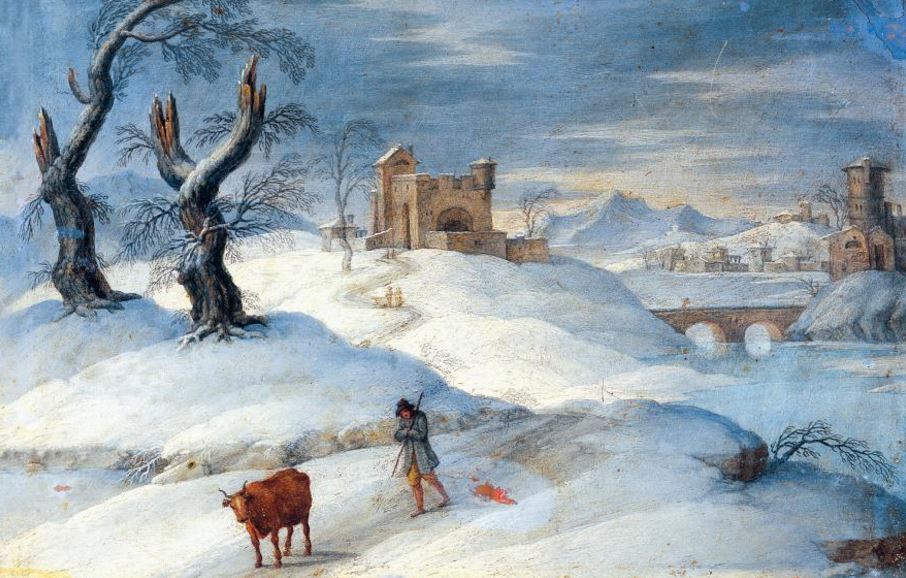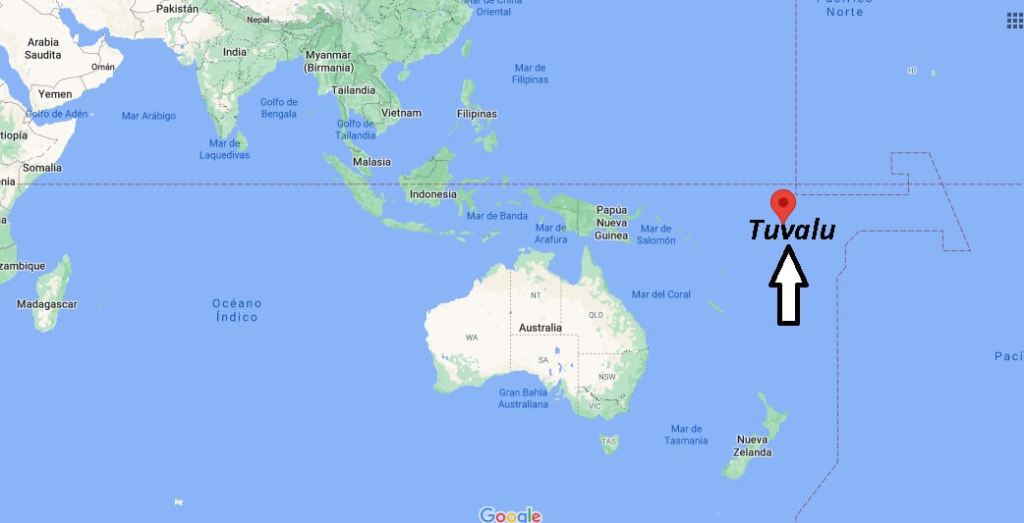I explained that the poles of the Earth move. On the Sun, they flip every 11 years and that is part of the Sunspot phenomenon. The poles are by mo means constant. They migrate routinely. However, about the time that Global Warming appears to have peaked, the poles also shifted direction in 2000. The North Pole mysteriously changed direction and began moving eastwards of the Greenwich meridian but at a shocking near twice its previous speed.
For most of the 1900s, the physical North Pole was moving westwards around 10 cm each year towards Canada’s Hudson Bay. Then all of a sudden, in 2000, it changed direction moving 75 degrees eastwards and began moving east at a rate of around 17 cm annually. Nobody has ever witnessed such a change. This is completely unprecedented!
The North Pole was previously in Hudson Bay about 54,000 until 48,000 years ago at 60 N and 83 W. Perhaps it is like lightening and just never strikes twice in the same spot. Now it is instead moving toward the British Isles according to NASA. Magnetic poles are defined in different ways but are commonly understood as positions on the Earth’s surface where the geomagnetic field is vertical. These north and south positions, called dip poles, do not need to be opposite of each other. In 1831, James Clark Ross located the north dip pole position in northern Canada. Natural Resources Canada (NRCan) tracked the North Magnetic Pole, which is slowly drifting across the Canadian Arctic, by periodically carrying out magnetic surveys to reestablish the Pole’s location from 1948 to 1994. An international collaboration, led by a French fundraising association, Poly-Arctique, and involving NRCan, Institut de Physique du Globe de Paris and Bureau de Recherche Geologique et Miniere, added two locations of the North Magnetic Pole in 2001 and 2007. The most recent survey determined that the Pole is moving approximately north-northwest at 55 km per year.
This rapid movement is striking. But the directional change is even more alarming for Europe. The summer in Europe barely saw many real scorching hot days but the winters are getting colder. In 2012, even the waterways in Venice were icing over. Germany relies upon its canal system to move goods and agriculture. In 2012, the canals froze. The canals in the Netherlands were not freezing during the winter during the global warming period. That changed in 2009. Hamburg was frozen to the bone in 2010.
Europe is rapidly turning colder much faster than expected. The real deep freeze for Europe came about 300 years ago and is known as the Deep Freeze of 1709. In the first few months of 1709 remained in a deep freeze for months. People were ice-skating on the canals of Venice. People could cross the Baltic Sea on horseback because it was completely frozen! You could not ring a church bell because it would shatter it was that cold. The length of the deep freeze has always been a mystery.
However, go to a museum that shows the changes in clothing. This illustration may be funny, to a large extent, it is true. Things were a lot colder 300 years ago and we are headed back in that direction.
The Southern region like Australia will see it get warmer in summer as Europe gets cooler in the winter. Things are changing much more rapidly ever since the North Pole reversed and changed direction moving at 55 km per year back in 2000.













